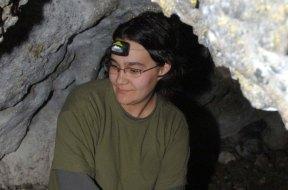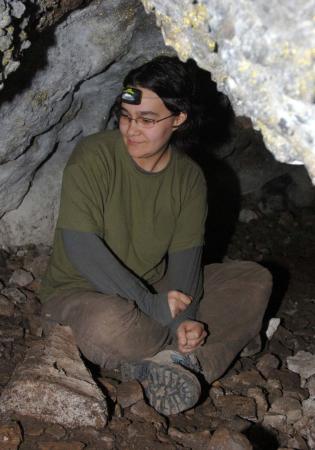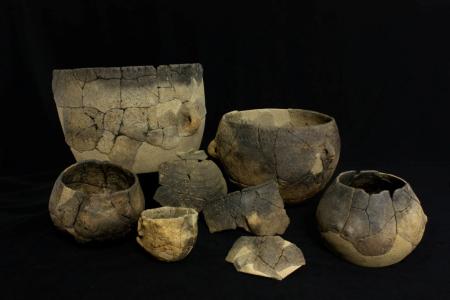An international team, led by the University of Oviedo, has analysed the chemical composition of food remains preserved in pottery that was used by early farmers who settled in the region
7,000 years ago, the southern regions of the Atlantic coast, including Asturias, consumed fewer dairy products than those in the north. An international team, led by Miriam Cubas, professor in the University of Oviedo's History Department, has analysed the chemical composition of food remains preserved in pottery used by early farmers who settled in the region. The findings, which have just been published in the journal "Nature Communications", seem to relate to the increased tolerance to lactose seen today in northwest European countries - possibly acquired from greater consumption over centuries, as a result of having more cattle - compared to the sheep and goat farming that prevailed in southern countries.
The findings reveal variations in culinary practices with the expansion of agriculture along the Atlantic coast during that period. Chemical analyses of the ceramic contents showed that these Neolithic communities cooked in the ceramic containers. This method of analysis enables lipids preserved in the containers to be analysed and find out which foods they come from (for example, animal fats, plant waxes, fish oils and resins) and, therefore, what had been cooked in those containers.
On the Iberian Peninsula, ceramics were mainly used for cooking the meat of ruminant herbivores. As ceramics were introduced into northern Europe, the presence of dairy produce increased considerably, in particular in the British Isles. This is in clear contrast to the Baltic area, where the containers were used to cook fish.
Until now there were no data from the continent's Atlantic area, and this is the first study to be published for the Atlantic area covering the Iberian Peninsula and France.





